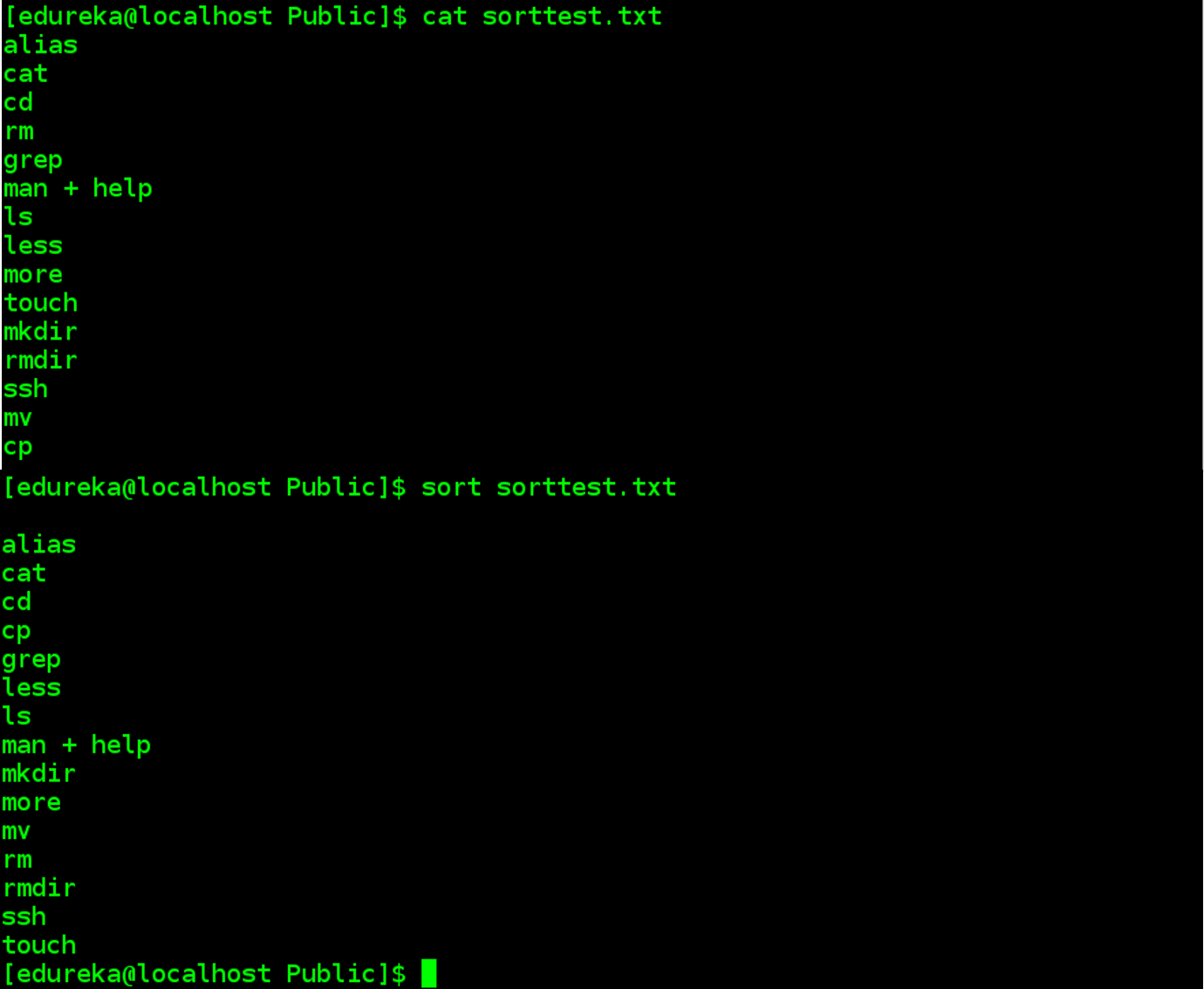


Suggested Read: 7 Quirky ‘ls’ Command Tricks Every Linux User Should Know 2. In the image below, the directory above /var is the root directory (/), so when we use the ls command as follows, the contents of (/) are listed: $ ls. The third special characters are the double dots (.) which represent the directory directly above the current working directory that a user is in. Suggested Read: Master ‘ls’ Command with This Basic 15-Practical Examples List Contents of Current Working Directory produce the same out put, listing the contents of the current working directory. In the screen shot below, you can see that the command ls and ls. The second is the dot (.) character: it represents the current directory that a user is in, on the command line. Suggested Read: Learn ‘echo’ Command with This 15-Practical Examples The first character we shall look at is the tilde (~): it is used to access the current user’s home directory: $ echo ~ There are certain specific characters that are understood by the shell when we are dealing with directories from the command line. In this tips for newbies, we shall look at ways of how a user can identify his/her home, current and previous working directories from the shell using special shell characters and environment variables. Identify Working Directories Using Shell Characters and Environment Variables Therefore, understanding how to easily access or pinpoint these directories using certain unique methods can be a bonus skill for a new or any Linux user. Some of the special directories that a Linux user is bound to work with so many times on a shell command line include the user’s home directory, the current and previous working directories.


 0 kommentar(er)
0 kommentar(er)
